Tachyon tidbits featuring Nancy Springer, James Tiptree Jr., Joe R. Lansdale, and Kate Elliott
The latest reviews and mentions of Tachyon titles and authors from around the web.

Nancy Springer (photo: Bob O’Lary), James Tiptree Jr., Joe R. Lansdale (Karen Lansdale), and Kate Elliott (April Quintanilla)
CELINE’S BOOK CORNER praises Nancy Springer’s THE ODDLING PRINCE.
I really enjoyed this book: the writing is beautiful, the story is consistent and it does transport you back to times past. Oddly enough, I had never heard of Nancy Springer before, but I will be making sure to check out some of her other books as she has written loads! This is definitely an author that I will remember.
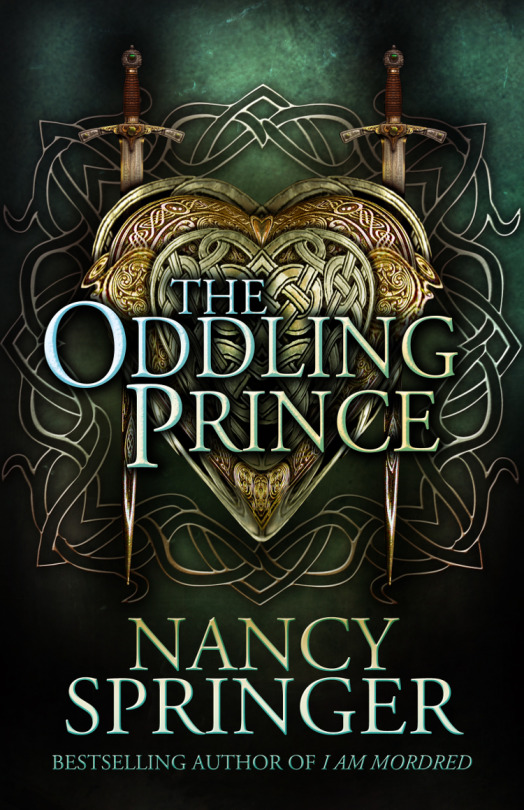
At HARVARD BOOK STORE, James Tiptree’s HER SMOKE ROSE UP FOREVER is a staff selection.
An experiment: if you DON’T know who James Tiptree Jr. was, don’t turn this book over and read the back. Don’t read the introduction. Just charge right into the stories. THEN read the introduction. After. Otherwise, the secret will be spoiled. No one gets to enjoy that secret anymore, and the subsequent revelation.
These are some of my favorite stories in all of science fiction—bleak, difficult, and endearing takes on what it means to be human, how we think about gender, and how very small we are in the universe. I hope these stories haunt you the way they haunt me.
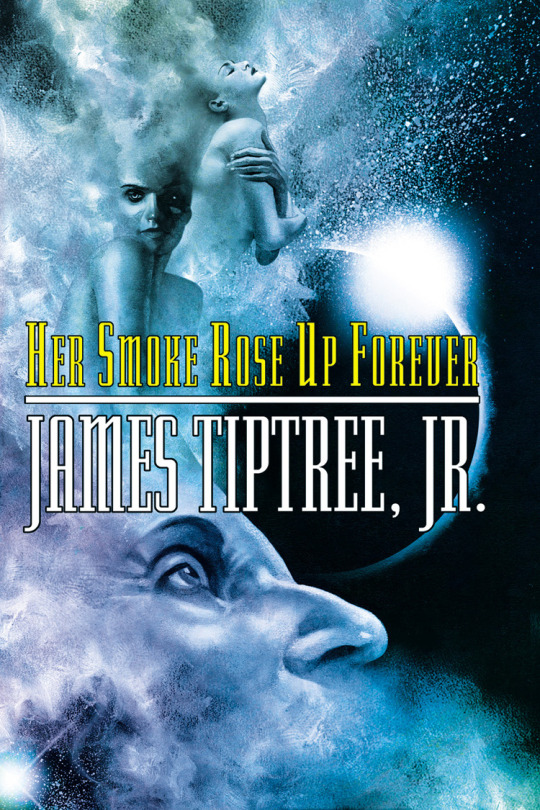
Robert Koehler for DGA QUARTERLY reveals that the latest wave of crime comedies employ a tricky balance between desperate drama and absurd humor. Hap and Leonard, the show based on Joe R. Lansdale’s popular series of books, typify this.
The current crime comedy wave—including such wide-ranging fare as Better Call Saul, Get Shorty, Good Behavior, Good Girls, Hap and Leonard, The Last O.G. and Sneaky Pete—could be considered the offspring of sometimes exceptionally dark sagas in which the ostensible bad guy is now the hero, starting emphatically with The Sopranos, in which there was almost never an episode without equal doses of violence and humor; Dexter, told from the view of an ironically narrating serial killer; Breaking Bad, the wild adventures of a chemistry teacher-turned-drug kingpin; Fargo, anthology reimaginings of the Coen brothers’ Minnesota crime tale; and Justified, the ingenious adaptation of Leonard’s short story Fire in the Hole.
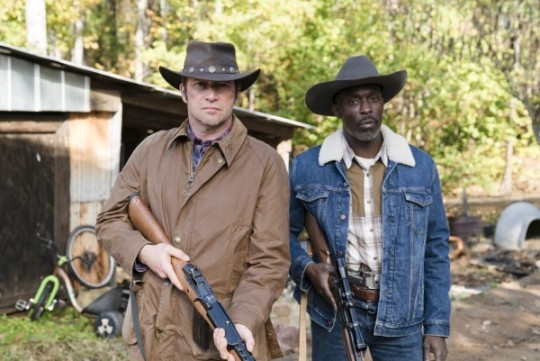
Image: Sundance TV
A key part of figuring out the right tone is helping actors find their way into the genre’s typically contradictory and quirky characters. Mickle notes that Corbin Bernsen came in as a guest star for Hap and Leonard’s third season playing Cantuck, the police chief of racist-drenched Grovetown, Texas, a hard-bitten type who suffers from an enlarged testicle—the kind of detail that defines Lansdale’s fiction.
“Corbin and I talked about the fun of working with that strange character trait,” says Mickle. “There’s always a challenge to be an actor who jumps into a show that has seasons under its belt. You need to give actors their space to find their way, and with Corbin, he’ll do different takes during rehearsal and will sometimes improvise, all of which I encourage because I know that we’ll find the best parts of the performance in the edit. Then, when an actor like Corbin says something funny, you need to get the reaction shots. In the first cut of a scene where Hap and Leonard meet Cantuck in episode two, Corbin’s performance wasn’t landing. But when we inserted Hap’s and Leonard’s responses, it turned into the right kind of comic scene where our two guys are trying to figure out if this police chief is putting them on or not.”

These directors will readily point to key inspirations for their approach to the characters, guidelines helping them with the tricky business of juggling comedy and crime. For her ambitious first season finale episode of Good Girls, Anderson says, of a crucial moment when the forlorn husband character Dean (Matthew Lillard) crashes his car, that “it was really a steal from the Coen brothers, making the viewer feel the moment alongside the character.”
The Coens’ Effect is also felt in Hap and Leonard, Mickle observes, with the critical contribution of Ellen Chenoweth, the brothers’ longtime casting director: “She brought to us several wonderful character actors, like Irma P. Hall and John McConnell, who seem to be born for this style.” Mickle came to Hap and Leonard by way of directing his previous feature, Cold in July, based on a pre-Hap novel by Lansdale, “so it gave me a way of carrying over the mix of hijinks and high tension that I did in the movie into the series. But the thing that really inspired me for this was watching a huge number of Korean crime movies when I was in Korea. They drop in crazy twists and turns, dark stories with broad humor. I’m thinking of Bong Joon-ho for example, stuff that we haven’t quite been able to do in the U.S.”
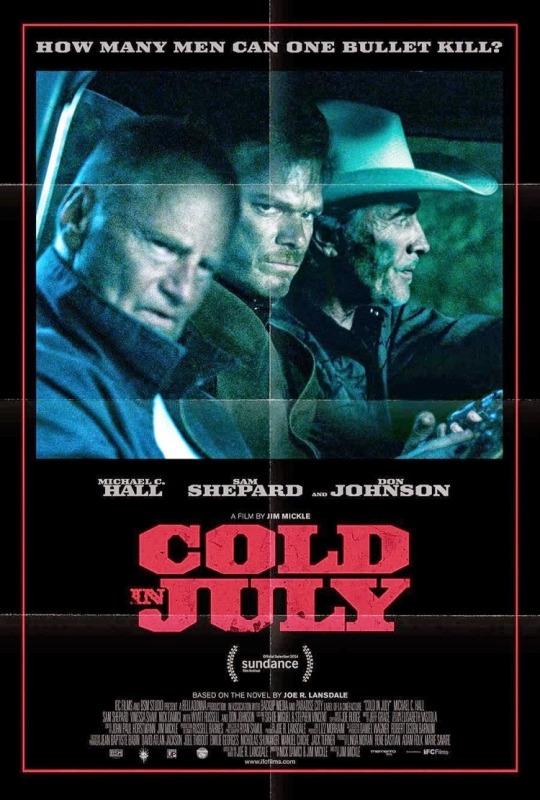
Yet it’s these constant shifts that can set dangerous traps for the director. “They’re everywhere,” says Arkin. “On one hand, you have to make sure that when you jump from a more comic scene to something more dramatic, you don’t undercut one or the other. On the other hand, in television filmmaking, you risk falling into a static or imitative look and style just because everyone is so comfortable with it. I deliberately didn’t study the movie version of Get Shorty because of this, so we wouldn’t even be tempted to copy it. I remember it as being more comedic than Leonard’s book, and we knew that we wanted to pull back the comedy a bit, while juggling tones so that we don’t fall into a rut.”
By contrast, Mickle wanted to direct the first two episodes of Hap and Leonard’s third season since “I wanted to play with a broader comic approach early on that doesn’t prepare the viewer for the dark tone that enters the story in the later episodes, a bit like the latter half of (Mickle’s 2014 crime thriller) Cold in July when Don Johnson enters the movie and brings in a slapstick tone. It helps remind the viewer that they’re in the world of the tall tale, where we can stage a huge storm, where colors are louder, where lighting is more extreme. It’s not reality.”
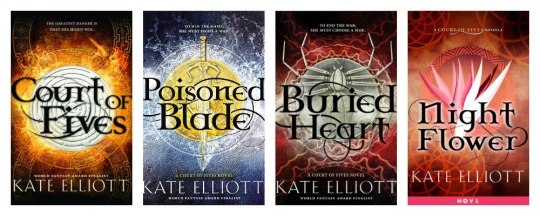
At TOR.COM, Sam Hawke includes Kate Elliott’s Court of Fives series among 5 SFF Books Exploring Sibling Relationships.
In this series, billed as “Little Women meets American Ninja Warrior in Greco-Roman Egypt,” the main character, Jes, is an athlete with a Commoner mother and an upper class Patron father. Her dream is to compete for the Fives, an athletic competition that offers a chance for glory, but due to the society’s strict rules and her father’s delicate position, the only way she can compete is in secret. When disaster strikes and a ruthless Lord tears Jes’s family apart, she is forced into a much more deadly game of politics and loyalty, and a desperate plan to save her mother and sisters. This story has so much going for it that I love (competitive girls in sports! Intricate political scheming and cultural clashes! Slow burn background magic!) but easily my favourite element was the portrayal of Jes’s family over the course of the trilogy, and particularly her complex, well-realised relationships between her sisters. Elliott really nails the layers of family dynamic, crafting four very distinct sisters with their own character arcs and motivations, and the complex mix of love, combativeness, defensiveness and trust that binds them together
For more info about THE ODDLING PRINCE, visit the Tachyon page.
Cover art by Brian Giberson
Design by Elizabeth Story
For more info about HER SMOKE ROSE UP FOREVER, visit the Tachyon page.
Cover by John Picacio
For more info about HAP AND LEONARD, visit the Tachyon page.
For more info about THE BIG BOOK OF HAP AND LEONARD, visit the Tachyon page.
For more info about HAP AND LEONARD: BLOOD AND LEMONADE, visit the Tachyon page.
Covers by Elizabeth Story
